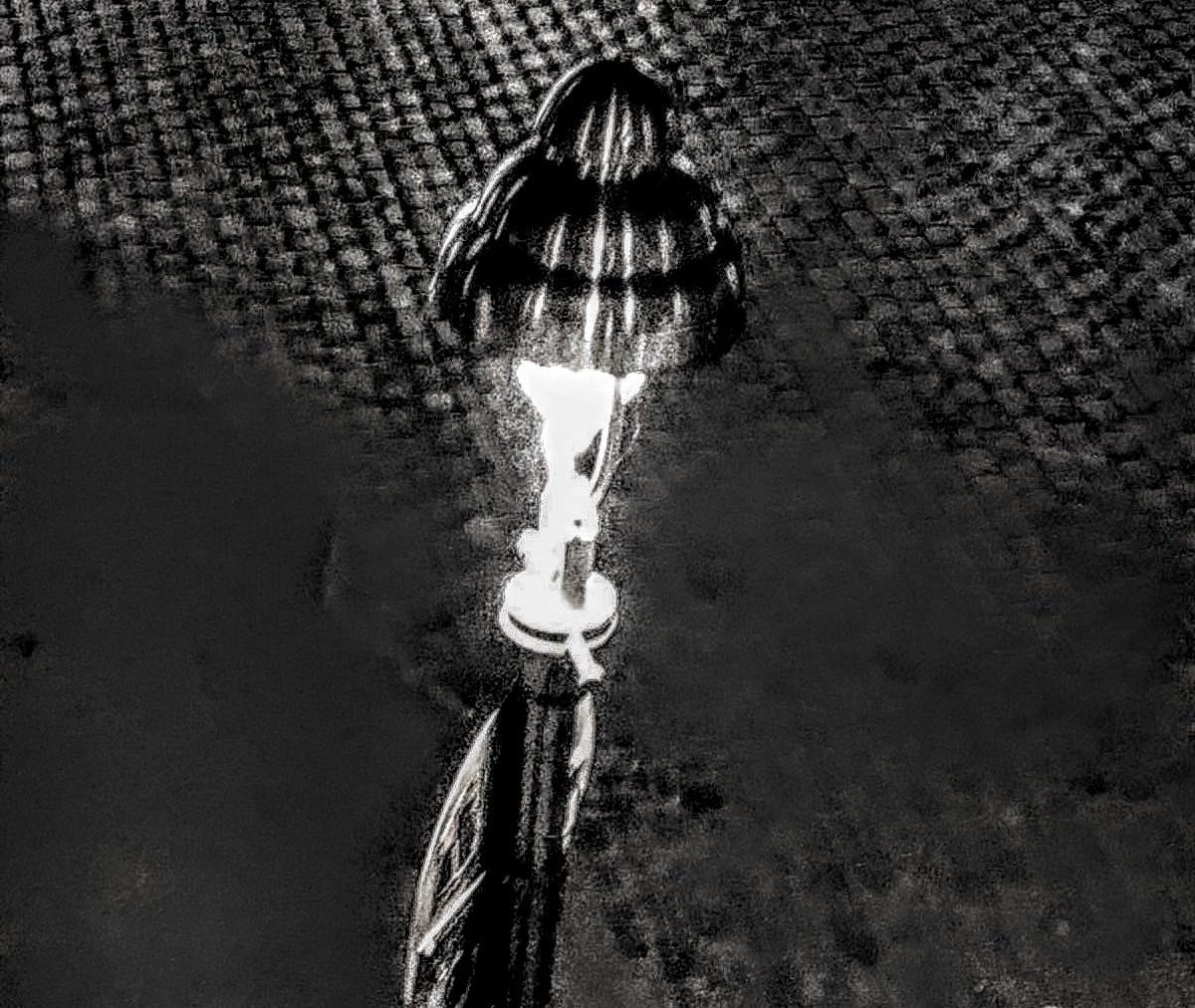Existential isolation belongs to existence and arises because there is existence and existing, and because we exist; it exceeds the isolation that arises when the other first appears, problematizing one’s existence, or the isolation, separating one’s self from itself, from one’s body, when one, for instance, glimpses one’s reflection in the mirror or one’s silhouette and asks: Who is this stranger that looks like me? The stranger that resembles, follows, and mimics me? Or the stranger that I resemble, follow, and mimic? Existential isolation survives and distorts every attempt at coming together with the other in a community, a friendship, or a relatedness, and every endeavor to come nearer to oneself, which takes place as self-knowing.
Existential isolation refers to a void that separates oneself from everything that exists, that is, everything in existence and existence itself. This void is an abyss that surrounds and imprisons oneself, and separates oneself from the world; a distance of nothingness that cannot be traversed, or a void of silence in which nothing is said and nothing survives to be heard. In existential isolation, the world and everything existing in the world disappear, and the only thing that remains and survives this disappearing of everything is the gaze witnessing this fading away into nothingness.
The world disappears, taking everything away with it, except the gaze that remains behind lonely, saddened, and deprived only to experience the fading away of the totality of that which is into absence, into an impossible distortion from which nothing survives, a destruction into which the world and everything in the world enter. In this distorting destruction, the boundaries that give form to the world disappear; the world becomes formless, and thus becomes a negativity, lacking that which makes a world possible in the first place, that is, the stability of a limit, of a boundary, separating life from death, presence from absence, and appearing from disappearing.
Loneliness, sadness, and deprivation because of the fading away of everything into absence; strangeness and alienation because of the distortion that destructs everything and brings together into one place the life and death of the things that form one’s world. Absolute strangeness is the bringing-into-each-other-into-one-place the appearing and disappearing of the things that make one’s world a world in the first place.
The disappearance of the limit, which separates the other’s death from life, the other’s being from non-being, makes us forever strangers to one another because the other is continually turning into another, a corpse, a dream, a tree, or perhaps a bottle, which is nothing but another other, another corpse, another dream, another tree, or another bottle, for everything is distorted, de-formed, twisted, and thus turned into another again, infinitely, until disappearing completely into absence, nothingness, and silence, leaving behind only formlessness and the hole that separates oneself from the world, the hole that finally swallows the world.

